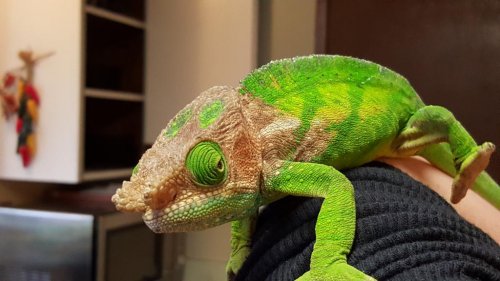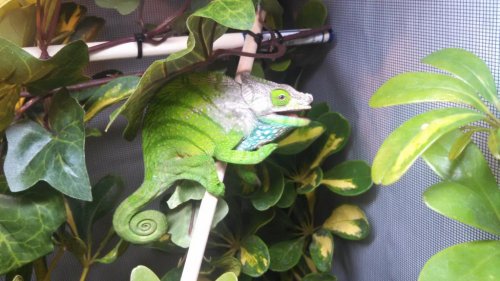ChamMan7
Established Member
This is more what I mean.. if it is safe to export (numbers wise I mean) that is great; however, the people making me he decision as to whether or not they are safe to export are not taking into account the difficulty of breeding these animals in captivity. These are not "pets". As you said, the chances of them lasting in captivity are slim to none, so why take them out of a stable situation in the wild to hurt their numbers in captivity.I have no problem with the species being exported. The assessments say this species is stable enough to handle limited export.
My issue is this is a very difficult species to work with. With the limited numbers of animals that will be exported the very few animals that will arrive in the US would be best off in the hands of very experienced keepers. I am in no way trying to slam the person who started the post. As described it is their job to care for them. They are not their personal animals.
Chances of these animals getting past 6 months in captivity are slim to none if the keepers need to ask questions like is it a egg layer of does it give live birth.
Carl








